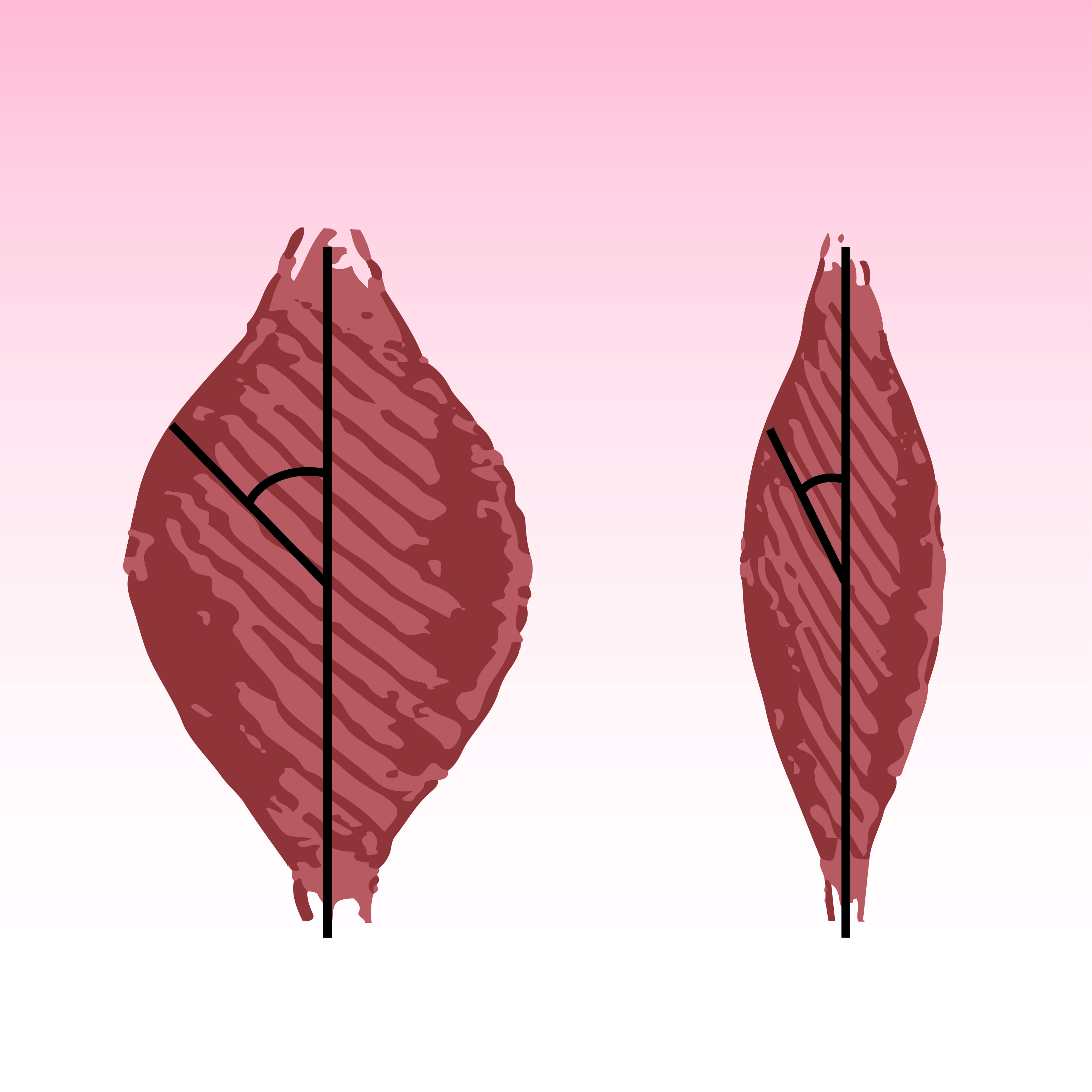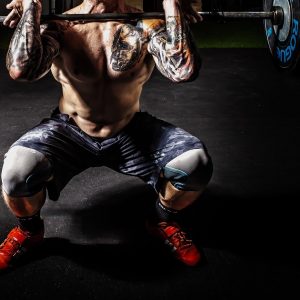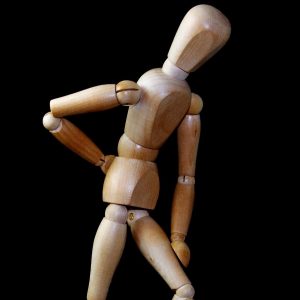Did you know that the angle of your muscle fibers influences your strength?
Muscle architecture is another key component of strength. It is not surprising that bigger muscles generally will produce more force. A bigger muscles cross sectional area (CSA) means that you have more and/or bigger muscle fibers. CSA has been shown to explain around 50% of the variability in force production.
There is more to the game than CSA, however. As your muscles grow, they are able to pack more fibers into a given CSA. This is accomplished by increasing the angle of the fibers relative to the direction of the muscle. This angle is known as the “pennation angle”.
Diagonal fibers means more fibers fit into a given muscle, allowing for more force production. The trade-off is that the fibers don’t pull perfectly along the muscle, which means less of the force generated by each individual fiber is transmitted to pull the bone. However, more muscle fibers also means more force generated.
Thus there is an optimal pennation angle, where the force gained by additional muscle fibers is higher than the force lost due to imperfect alignment. This is thought to be around 30 degrees, but can vary between muscles.
Source:
Trezise, J.et al. Eur J Appl Physiol (2016) 116: 1159.




